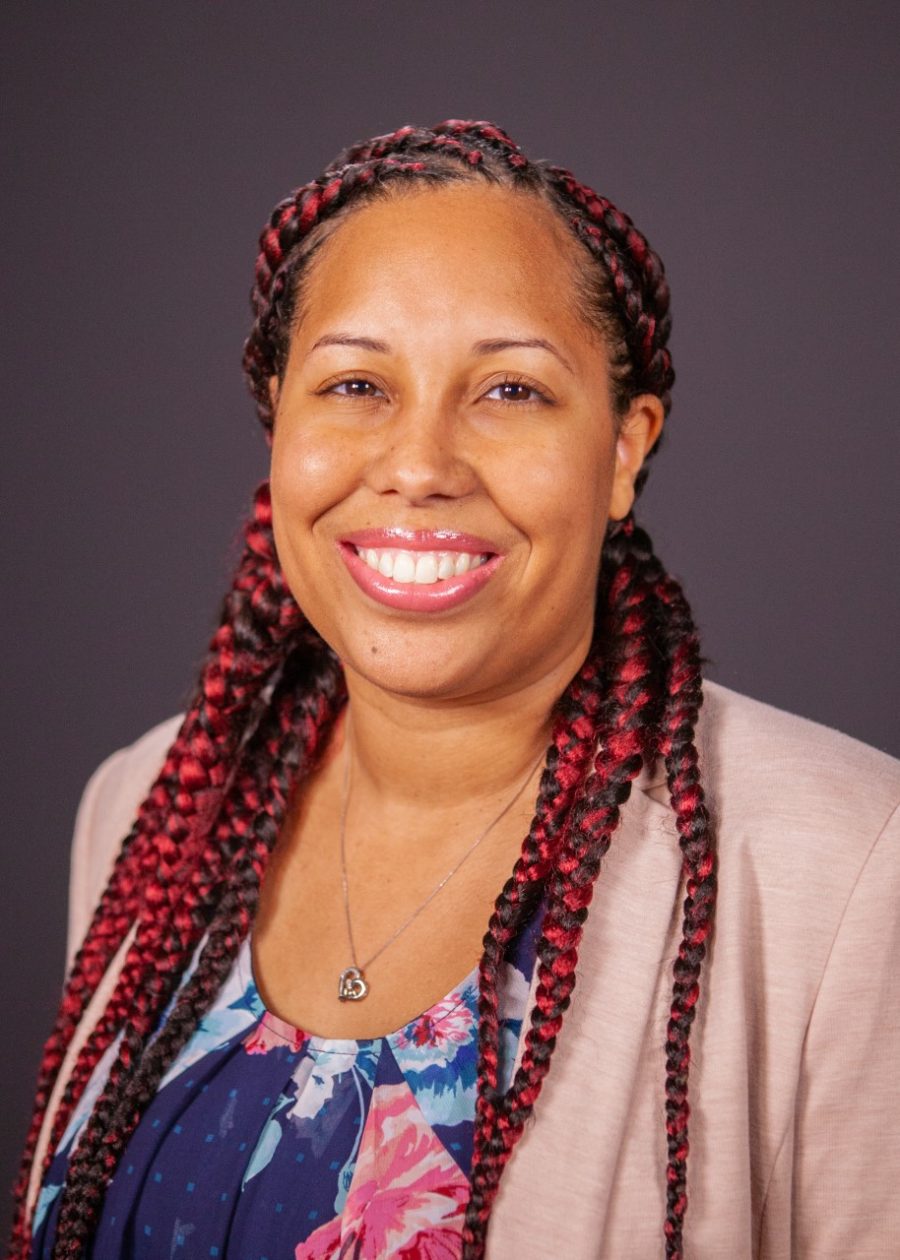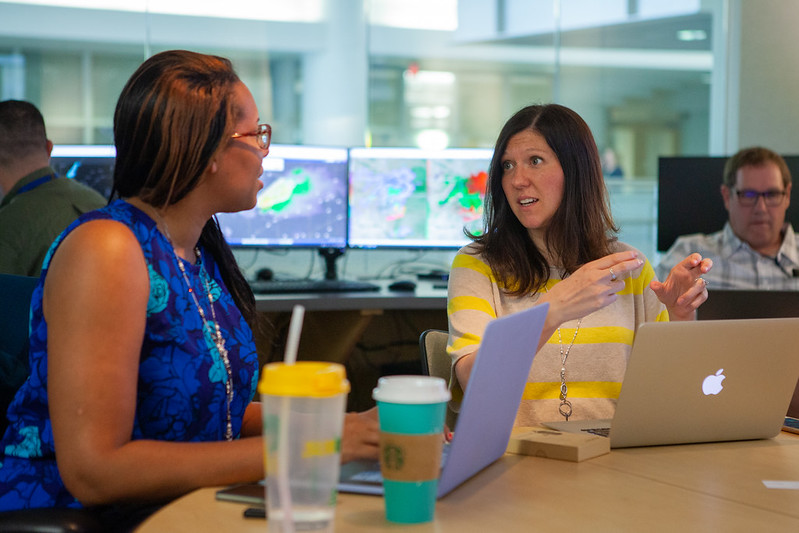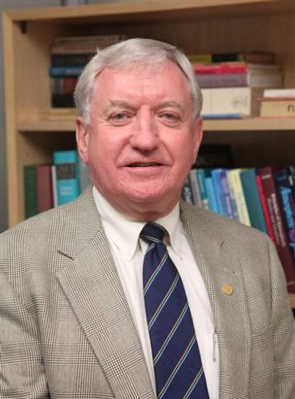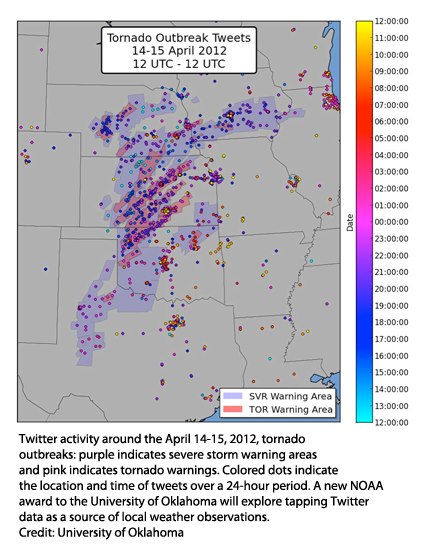Severe weather researchers focus on more than just storms. They also study how people interpret and react to severe weather warnings and communications about severe weather.

Cassandra Shivers-Williams studies just that — how the public responds to severe weather information. One specific item she studies is how people’s individual differences in thinking affect their decisions during severe weather.
She is the first ever Peter Lamb Postdoctoral research associate at the University of Oklahoma Cooperative Institute for Mesoscale Meteorological Studies. Her work supports NOAA’s National Severe Storms Laboratory. She received a bachelor’s in psychology from Southern University and A&M College, a master’s in social psychology and a doctorate in social psychology from Howard University.
Q: How did you get into your field?
A: I have been interested in psychology since I first took abnormal psychology in high school. As I worked on my bachelor’s degree in psychology, I realized that I was more specifically interested in how people interact with each other and their environment and how these interactions influenced their decisions. Thus, I went to graduate school to earn a PhD in Social Psychology.
Q: Describe the path leading up to your current job.
A: While working on my PhD, I became a Research Fellow at the NOAA Cooperative Science Center for Atmospheric Sciences and Meteorology, and I was fortunate to be invited to help with the Spring Emergency Manager Experiment hosted in NOAA’s Hazardous Weather Testbed in NSSL. Through my experiences in the Testbed, I started developing professional connections that would later lead to an opportunity to apply for the postdoc position I have now.
Q: What is it about your job that interests you?
What interests me most in my job is the fact that I have the freedom and ability to investigate socially relevant problems that I find interesting and imperative.
Q: Tell us something that might surprise us about you.
I bowl competitively! I was practically born in a bowling alley (both of my parents bowl) and I have been bowling since I could walk. I earned scholarship money for college while competitively bowling as a kid, I attended Southern University and A&M College (my undergraduate alma mater) on a partial bowling scholarship, and I met my husband, Fero, while competing at Team USA Trials!
Q: What advice would you provide to up and coming meteorologists or others in your field?
A: I would recommend being open to collaborating and learning from others in different fields from your own, including across natural and social science boundaries. The problems facing our field today are going to require innovative and multidisciplinary solutions.
Q: What one day sticks out to you during your career? Do you remember one day in particular detail?
A: Successfully defending my dissertation! That accomplishment was a significant milestone and one I will never forget.
Q: What is one thing you couldn’t live without at work?
A: I could not live without my coworkers! I love that we all get along really well together, but I also value our differing expertise and approaches toward attacking problems. I think we compliment each other well and this helps facilitate the work we do.

Q: Where is your favorite place to be?
A: My favorite place to be is somewhere warm, sunny, and sandy! I truly enjoy traveling to other countries, especially tropical places, and experiencing different beaches and oceans as well as new cultures and food.
Q: What would you most like to tell your younger self?
A: Don’t let other people’s perceptions of you or your capabilities define who you are or stop your progress. Continue to persevere and always push yourself to be the best you that you can be!
Q: What is the best book you’ve ever read?
A: Russell, K. Y., M. Wilson, and R. E. Hall, 1992: The color complex: The politics of skin color among African Americans. Harcourt Brace Jovanovich, 200 pp.
This book brings many different issues surrounding colorism among African Americans to light and offers very honest, insightful, and critical perspectives.




